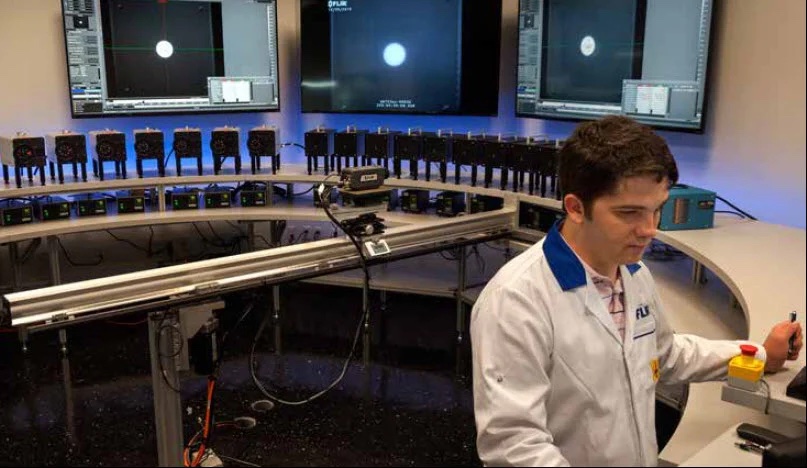Accuracy and Sensitivity – Part 1
Sponsored by:

Accuracy and Sensitivity – Part 1
Tip provided by Wayne Swirnow – Infrared Imaging Services, LLC
Objective specifications are frequently used to describe the performance of thermal imaging systems. In this two-part Tip, we explore the significance of two commonly used, but frequently misunderstood terms: Accuracy and Sensitivity.
Infrared cameras along with most other electronic measurement systems have to manage their own sources of measurement error. These error sources include detector electronics, signal-to-noise ratios along the signal path, non-linearity, thermal drifting of components, gain/offset adjustments, and a host of other internal electronic workings in the measurement chain of the camera. Each component adds its contribution to the overall error of the camera as a measurement system.
Because many electronic measurement systems are similar in function, that is to detect and convert real world analog information into digital numbers, they all tend to use the same two specifications called “Sensitivity” and “Accuracy”. These two specifications combined describe the unit’s ability to state how close the converted value will be to the actual value of the input.
The Sensitivity specification for an infrared imager states the smallest amount of detectable change in the level of radiant power the camera can sense and convert into a digital number. Any change in radiant power smaller than this amount will not be recognized by the system. It is usually a very small number, (near LSB level in digital terms) and for infrared cameras it’s commonly stated as a fraction of one degree C. Typical specifications for Sensitivity are in the range of 0.2°C , 0.1°C or 0.06°C at a given temperature such as 30°C.
Because Sensitivity values are calculated using a blackbody simulator under laboratory conditions, they represent a best case scenario. An imager’s sensitivity can be significantly affected when imaging real world targets. Factors which influence sensitivity include, but are not limited to: target temperature, target emittance, and imager measurement range.

In part 2 of this Tip we will discuss the topic of Accuracy.
Advertisement

